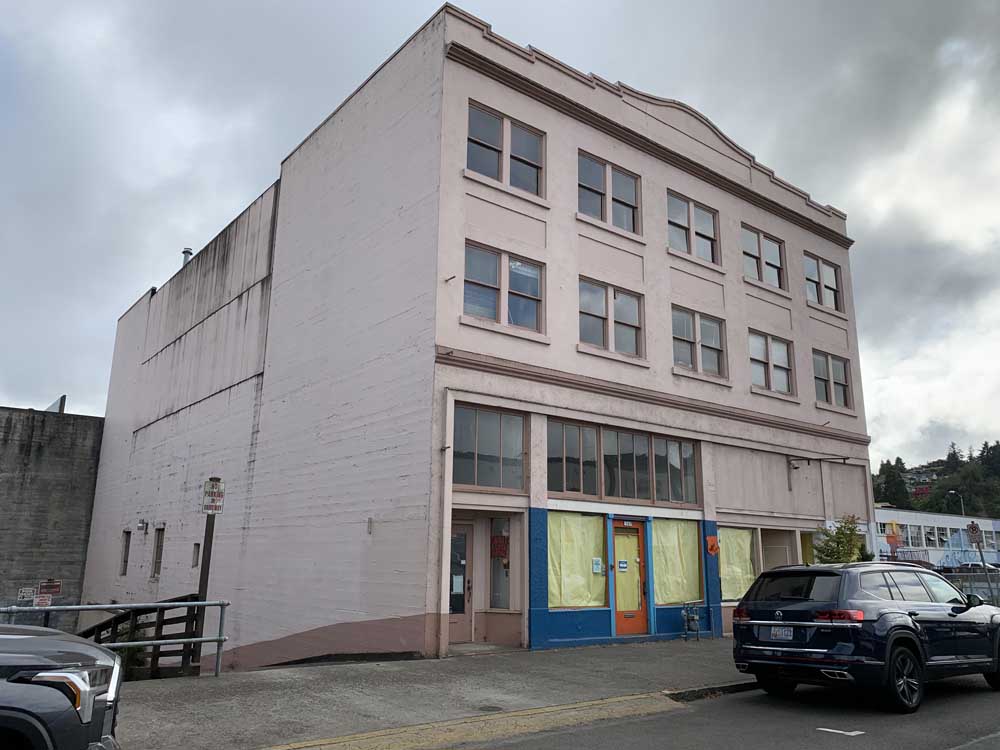Fish scientist led research at OSU lab
Published 5:00 pm Tuesday, July 29, 2003
Award winner Russ Sinnhuber dies in CaliforniaRuss Sinnhuber, a research scientist and professor, who worked at the Oregon State University Seafood Laboratory in Astoria from 1942 to 1957, has died in California. He was 86. He was best known for his research on toxins and cancers.
Sinnhuber, from Detroit, was hired at the Seafood Laboratory after receiving his master’s degree at OSU. One of his first duties was extracting vitamin A from shark and fish livers to aid the war effort. Other early work was linked with developing ocean fisheries and investigating new uses for ocean species that were harvested. He developed a method to detect and remove extraneous crab shell by using florescence and ultraviolet light which improved crabmeat quality.
“He was a very unassuming person who made his mark as a scientist,” said Michael Morrissey, director of the Seafood Lab, whose graduate studies at OSU overlapped Sunnhuber’s career.
In 1948, Sinnhuber started a collaborative study with the Oregon Fish Commission to develop new food sources for hatchery salmon. This work resulted in the development of the Oregon moist pellet and expanded hatchery production of salmon and trout in the Pacific Northwest. For this research and work in salmon nutrition and disease, he was awarded the U.S. Conservation Service Award in 1968.
He brought a strict scientific method to his research and he and colleagues developed a new method for determining rancidity in seafood and other foods called the TBA test. In 1995, he and his co-authors were recognized by the Institute of Food Technologists for their publication of the TBA method.
In the mid-1950s, Sinnhuber observed that a strain of rainbow trout was prone to liver cancer. He was able to trace this to fish diet pellets which contained low amounts of aflatoxin. This began a two-decade research effort on the role of diet and cancer which required his move to the main university campus in Corvallis where he established the Food Toxicology Laboratory.
He was recognized as a leader in diet and cancer research and for developing the use of aquatic animals in research. He was awarded the Sigma Xi Research award from Oregon State University in 1978, recognizing his research contributions to the university and scientific community.
He and several colleagues helped found the Pacific Seafood Fisheries Technologists Association which has met every year since 1950, most recently in Astoria.
A memorial service will be held 2 p.m. Saturday at the Knollbrook Christian Reformed Church, 1677 S.W. 35th St., Corvallis.





